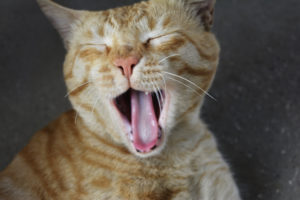Those in the motion picture and performing arts industries often work long hours. Actsafe offers recommendations to help workers manage their fatigue.

Photo credit: iStock.com/saashi
My friend who works on film crews says an average shift on set is 14 hours.
“It’s cheaper to pay overtime and work the crew long days than it is to pay for another day with all the gear, so we work at all different times of day and night,” he says.
These long and unusual hours — with time off in between — are typical for many who work in the motion picture and performing arts industries.
Recommendations for Managing Fatigue addresses this type of extended workday in the motion picture and performing arts industries. It includes 90 tips and tricks for dealing with drowsiness at work, eating at night, driving, staying alert, and more.
The tips were first published as a series from Actsafe Safety Association and SIX Safety Systems in Actsafe’s Safety Scene newsletter. Now Recommendations for Managing Fatigue is given to every student who goes through either of ActSafe Safety Association’s two safety awareness workshops — one for motion pictures, one for performing arts. The motion picture workshop is mandatory for everyone who joins the unions representing that industry.
Here are a few of the tips that can apply to people in any industry:
- Use black-out blinds
- Nap when appropriate
- Manage energy and nutrition
- Ask family members not to disturb your sleep
We have a lot of information on the importance of sleep, yet the problem of fatigue remains. In fact, I’m feeling pretty tired right now, and — if you’re curious to know why — it’s because my sleep was disturbed by a (beloved) family member. Grrrrrr….
Anyway! For more information and tips, see The dangers of fatigue in the workplace by WorkSafeBC.
Previous Speaking of Safety posts on fatigue
- Tired workers make more mistakes
- Wearable device measures workers’ sleep quality (a pilot study in forestry)
- Find solutions for sleep problems (different causes call for different solutions)
- Impaired by lack of sleep? (comparing fatigue to blood alcohol content)


